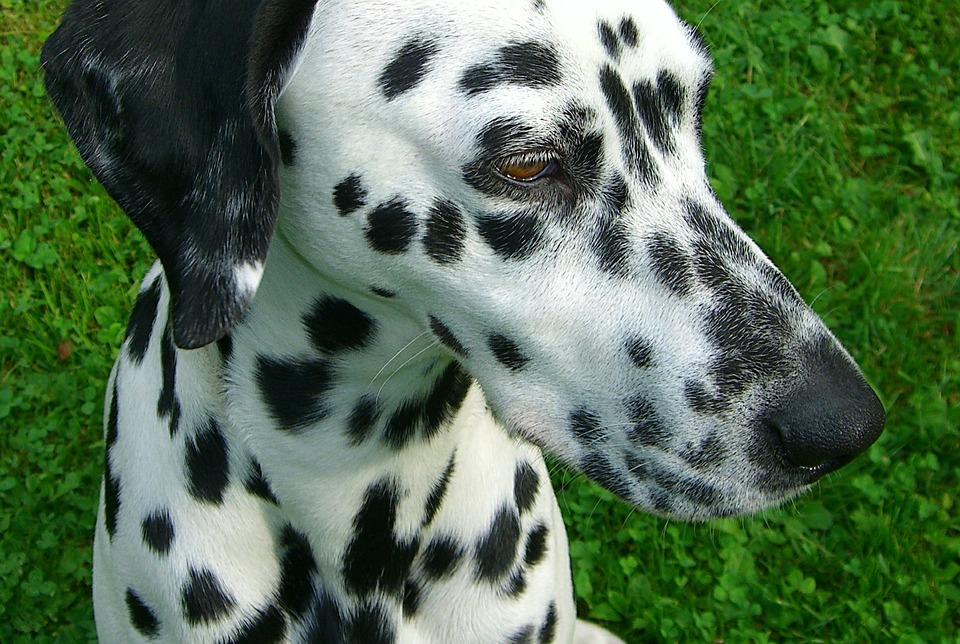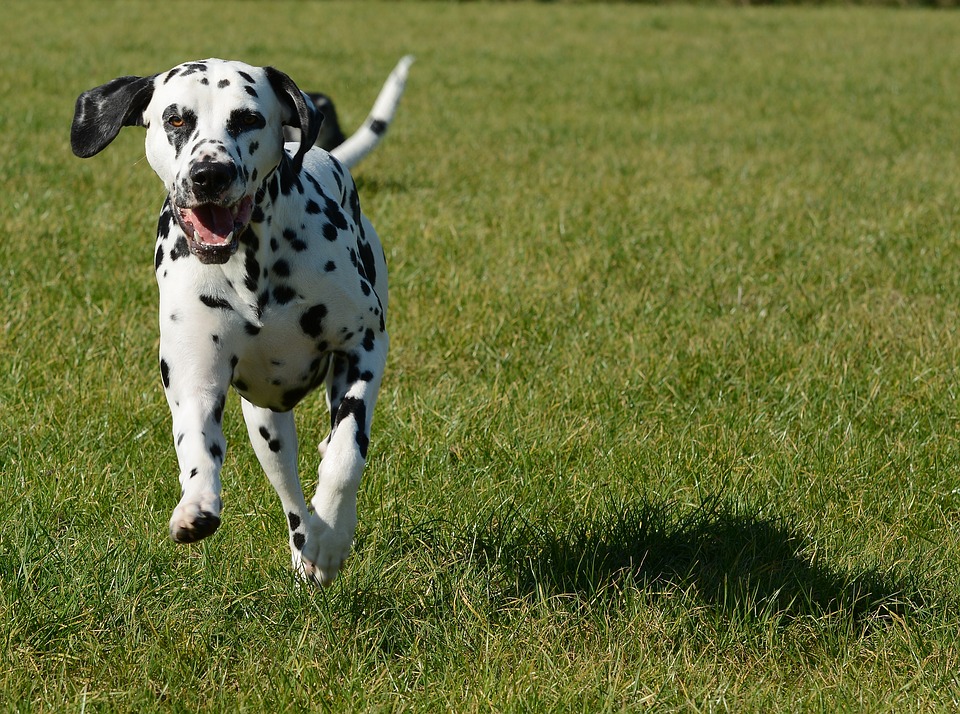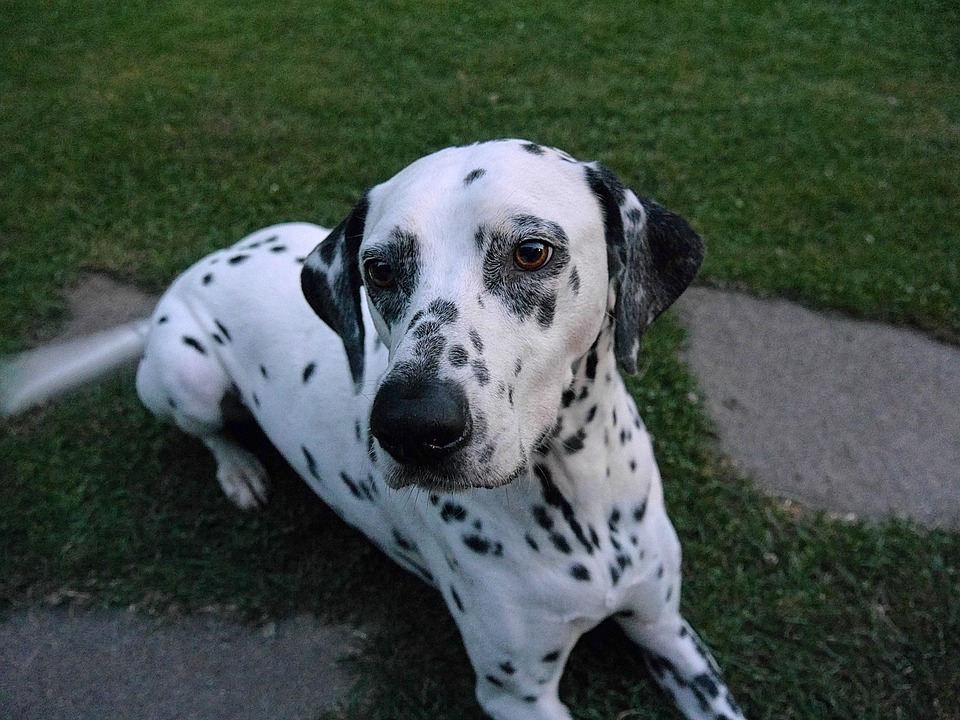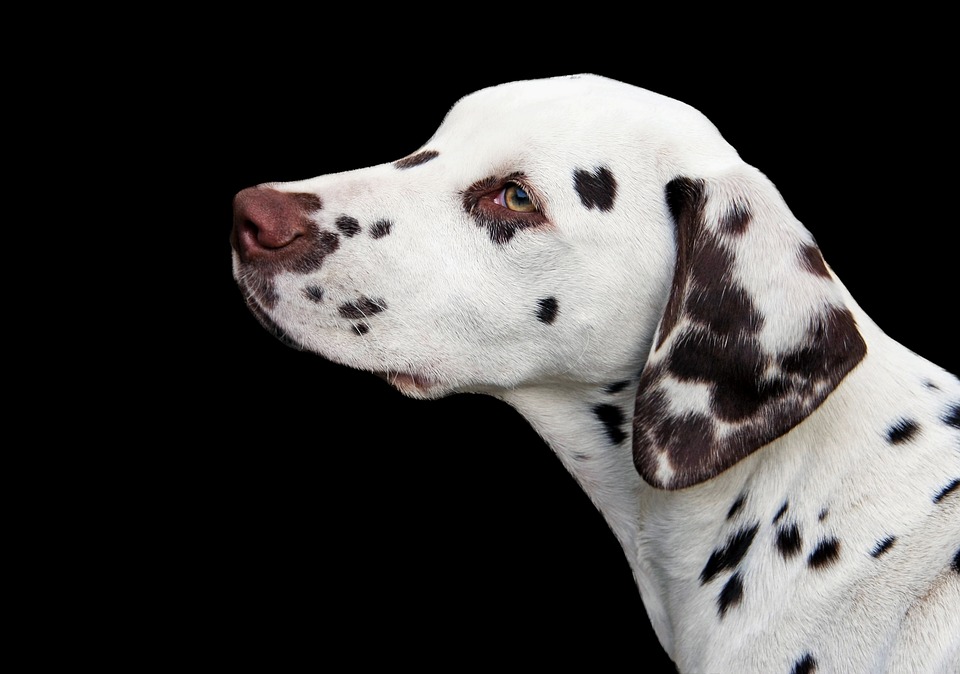The Dalmatian
Vital Stats of Dalmatians
- Dog breed group: Non-Sporting
- Height: 19 to 23 inches at the shoulder
- Weight: varies
- Lifespan: 10 to 13 years
Physical Characteristics of Dalmatians

The Dalmatian has an intelligent and alert expression with a short and shiny coat. A well-regarded feature is the distinctive spots. However, solid patches are not encouraged in the breed standard — an abstract aesthetic ideal for the animal type.
This breed has an athletic build with strong bones and a square-proportioned body which gives endurance, and an effortless and steady trot. The base color of a Dalmatian is pure white with dense, black spots. Liver-spotted Dalmatians have liver brown spots.
Care for Dalmatians

Dalmatians require runs and physically strenuous games to keep fit. This breed makes for a great jogging partner.
Other than frequent brushing to remove dead hair, the coat of the Dalmatian doesn’t require much care. To keep this breed happy, provide soft brushing, shelter, love and companionship. The Dalmatian can live indoors or outdoors, but only in warm and temperament climates.
Health of Dalmatians
Similar to any other breed, the Dalmatian is prone to specific health problems. Minor health concerns that are common with Dalmatians include the following:
- hypothyroidism
- allergies
- iris sphincter dysplasia
- seizures
Major health problems may include deafness and urinary stones. Some dogs may also be prone to canine hip dysplasia or the formation of urinary calculi, as it cannot break down to uric acid.
History of Dalmatians

Dalmatians were born to run. Bred to be coaching dogs, this breed ran alongside carriages or horseback riders. Their job was to discourage stray dogs from interfering with the horses or carriage, as well as to alert the coachman or rider to the presence of highwaymen, and to guard the carriage at roadhouse stops.
With the invention of horsedrawn fire engines, Dalmatians became associated with firehouses, clearing a path for the engines as they raced to a fire. Once motorized vehicles took place of those that used horsepower, the Dalmatian remained as firehouse mascots. However, it is rare to see one at a modern firehouse.
The name of this breed comes from Dalmatia, on the eastern coast of the Adriatic Sea, in what is now Croatia. However, there is not any evidence that the breed originated from there. This breed is known to have traveled with the nomadic Rom, and it’s difficult to say where they might have first been bred. The modern Dalmatian development took place mainly in England. The Dalmatian has been used as a hunting dog and may be related to the English Pointer.
In 1888 the American Kennel Club recognized the Dalmatian. The Dalmatian Club of America was later formed in 1905.
For more information on the Dalmatian or other dog breeds, don’t hesitate to contact us here at All Pets Veterinary Medical Center with the link below!
















